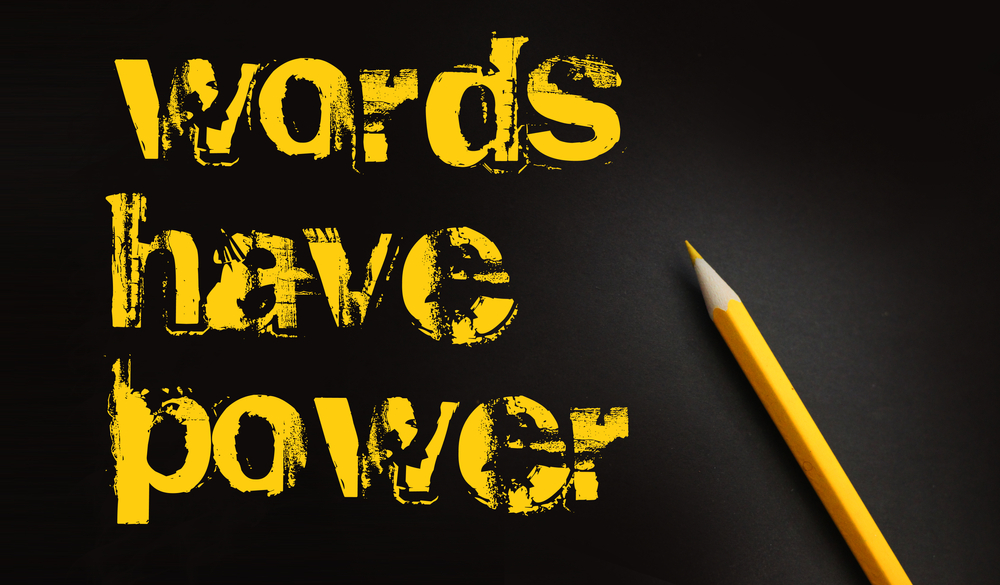
If you use the Yoast SEO plugin when loading blog content to your website, you may be prompted to change passive sentences to active sentences. But what does that mean, and why does it matter? In this blog, we take a deeper dive into the benefits and appeal of active voice sentences.
Why active voice? Clarity. Brevity. Good writing.
Using active voice in simple sentences is more direct and less wordy. Passive voice often puts distance between the writer’s thought and the reader.
Passive voice makes it easier for readers to lose sight of the sentence’s subject, the thread of the paragraph, and the article’s point.
Too much passive voice is the mark of an inexperienced writer.
One of the cornerstones of the Plain English movement, which began in the 1970s to make legal documents clearer to ordinary people, is to favour active voice over passive voice as passive voice sentences lack an agent and are harder to understand.
What is it?
English is based on the SVO pattern – Subject, Verb, Object. An English sentence in active voice follows the sequence Subject, Verb (active), Object.
A simple active voice example is: The lion sat on the mat.
A passive voice construction would have it that: The mat was sat upon by the lion.
The information is the same, but in the passive example, the emphasis shifts from the subject or actor (the lion) to the effect of the action on the object.
The main verb in a passive sentence is always in the past participle form. Easy to spot indicators include: am, is, was, were, are or been. Or the verb may be followed by the phrase, by the…
But there are a few occasions when active voice is too awkward
You may want to use active voice 80 per cent or 90 per cent of the time, but there are some occasions when active voice is too awkward:
- When the result matters more than the action: Insulin was discovered by Frederick Banting and Charles Best.
- When we don’t know the actor: My chocolate cake has been nicked.
- Descriptions of inanimate objects – e.g. museum texts, arts or crafts descriptions. The carpet has been woven by hand.
- To convey authority – e.g. Unauthorised use of material on this website is not permitted.
- To be diplomatic – The intention of the email may have been misunderstood.
- Your active voice efforts lack eloquence. They may be staccato, repetitive and unattractive, more like the sound of a barking seal. You may want variation in sentence construction to introduce a change in tempo or style for the novelty or artistic effect.
- Many of us represent human speech – passive voice is employed occasionally due to modesty, preference or common error.
How to avoid it
Microsoft Word’s grammar and spell check will pick up most instances of passive voice.
When it does, attempt to replace the passive voice with well-crafted active sentences that are clear and persuasive. Ensure the sentences are comfortable to read. The latter may take some practice.
For some more guidelines, look at:
- Plain English Foundation free writing tools, https://www.plainenglishfoundation.com/free-writing-tools
- Australian Government Style Manual https://www.stylemanual.gov.au/format-writing-and-structure/clear-language-and-writing-style/plain-language-and-word-choice
- The Writing Centre (US English) https://writing.wisc.edu/handbook/style/ccs_activevoice/
Their tips include:
- Look for passive voice sentences ending with ‘by the subject, and recast them so that subject is at the start and active.
- Replace vague, anonymous passive terms like “it was found’ with clearer actions “Researchers found that”.
According to the Australian Graduate School of Management, “Passive voice makes who is doing what less clear Use personal pronouns (like ‘we’, ‘you’, ‘us’) when it suits the voice and tone. Active voice and tone make it clear who must do what.”
Contact a communications professional. They can step in to edit existing documents to remove the passive voice, in-house guide staff on better writing skills and create new documents that hit the mark using active voice.
